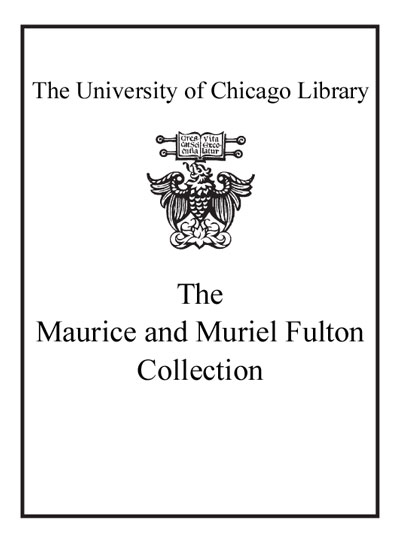| Summary: | "Highlighting new technologies, Remote Sensing of Natural Resources explores advanced remote sensing systems and algorithms for image processing, enhancement, feature extraction, data fusion, image classification, image-based modeling, image-based sampling design, map accuracy assessment and quality control. It also discusses their applications for evaluation of natural resources, including sampling design, land use and land cover classification, natural landscape and ecosystem assessment, forestry, agriculture, biomass and carbon-cycle modeling, wetland classification and dynamics monitoring, and soils and minerals mapping. The book combines review articles with case studies that demonstrate recent advances and developments of methods, techniques, and applications of remote sensing, with each chapter on a specific area of natural resources. Through a comprehensive examination of the wide range of applications of remote sensing technologies to natural resources, the book provides insight into advanced remote sensing systems, technologies, and algorithms for researchers, scientists, engineers, and decision makers"--
"Introduction to Remote Sensing of Natural Resources Guangxing Wang and Qihao Weng Aims and Scope This book focuses on remote sensing systems, algorithms, and their applications for evaluation of natural resources, especially in the areas of sampling design, land use and land cover (LULC) characterization and classification, natural landscape and ecosystem assessment, forestry and agriculture mapping, biomass and carbon cycle modeling, wetland classification and dynamics monitoring, and soils and minerals mapping. It combines review articles with case studies that demonstrate recent advances and developments of methods, techniques, and applications of remote sensing, with each chapter on a specific area of natural resources. This book aims at providing undergraduate and graduate students with a focused text or a supplementary text for whom the principles of remote sensing, digital image processing, or remote sensing applications is a course to be taken. It may also be useful for researchers, scientists, engineers, and decision makers in the area of geospatial technology and/or its applications to natural resources as a reference text. Synopsis of the Book This book consists of 7 sections and a total of 26 chapters. The seven sections are remote sensing systems; sampling design and product quality assessment; land use and land cover classification; natural landscape, ecosystems, and forestry; agriculture; biomass and carbon cycle modeling; and wetland, soils, and minerals. In Section I, following an introduction to the basic principle of remote sensing, Weng presented an overall review of various remote sensors including electro-optical sensors, thermal infrared sensors, passive microwave and imaging radar sensors, and LiDAR (light detection and ranging)"--
|
|---|

